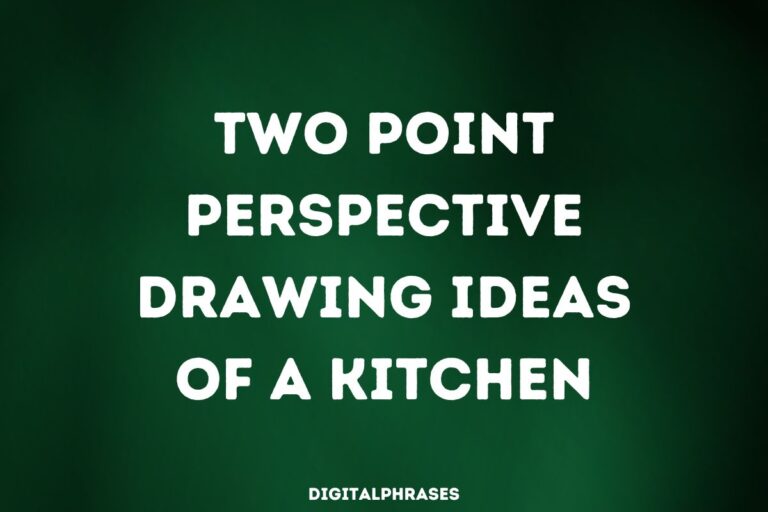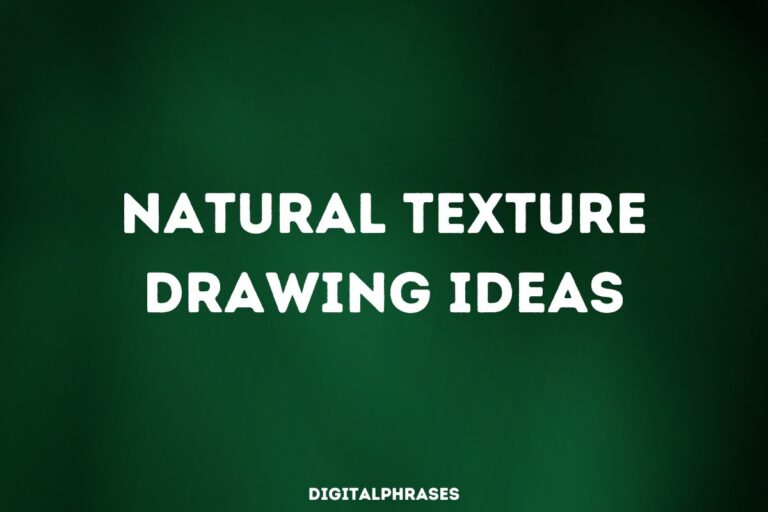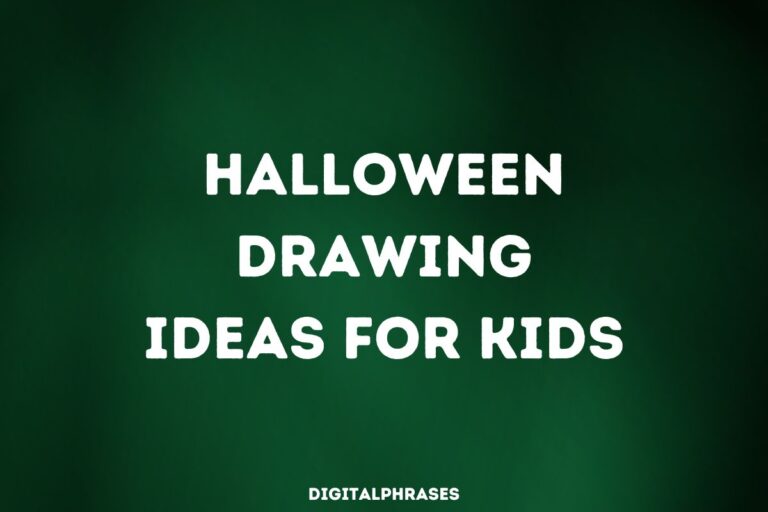60 Soccer Ball Drawing Ideas
Alright, so let’s get one thing straight—I’m no Picasso, but give me a blank page and a pencil, and I’ll at least attempt to draw something that vaguely resembles a soccer ball.
I mean, how hard can it be?
It’s just a circle with a bunch of pentagons and hexagons, right?
WRONG.
Turns out, those geometric shapes are like puzzles designed to make my brain feel like it’s playing Twister. And don’t even get me started on trying to get the proportions right; I once drew something that looked more like an angry mutant pineapple than a soccer ball.
But fear not, fellow doodlers and wannabe artists!
I’ve got you covered with these ideas that’ll take your soccer ball drawings from “questionable grapefruit” to “Michelangelo would be proud.”
Whether you’re just trying to impress your soccer-loving friend or simply looking for a creative way to procrastinate (we’ve all been there), you’re in the right place.
So grab your sketchpad, put on your favorite jersey, and let’s see if we can draw some balls—ahem, soccer balls—that actually look like they belong on a field instead of a fruit stand.
Trust me, if I can do it, anyone can.
Easy Soccer Ball Drawing Ideas For Kids
1
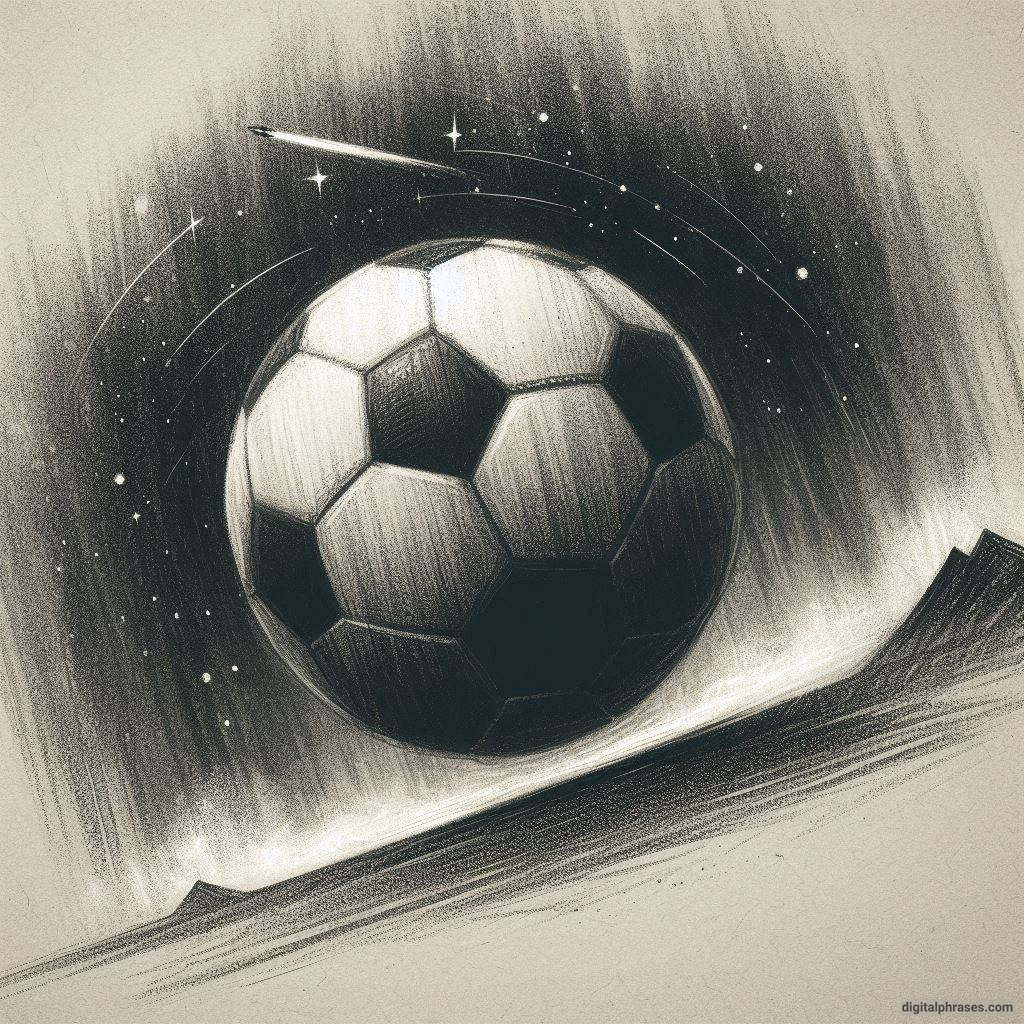
2
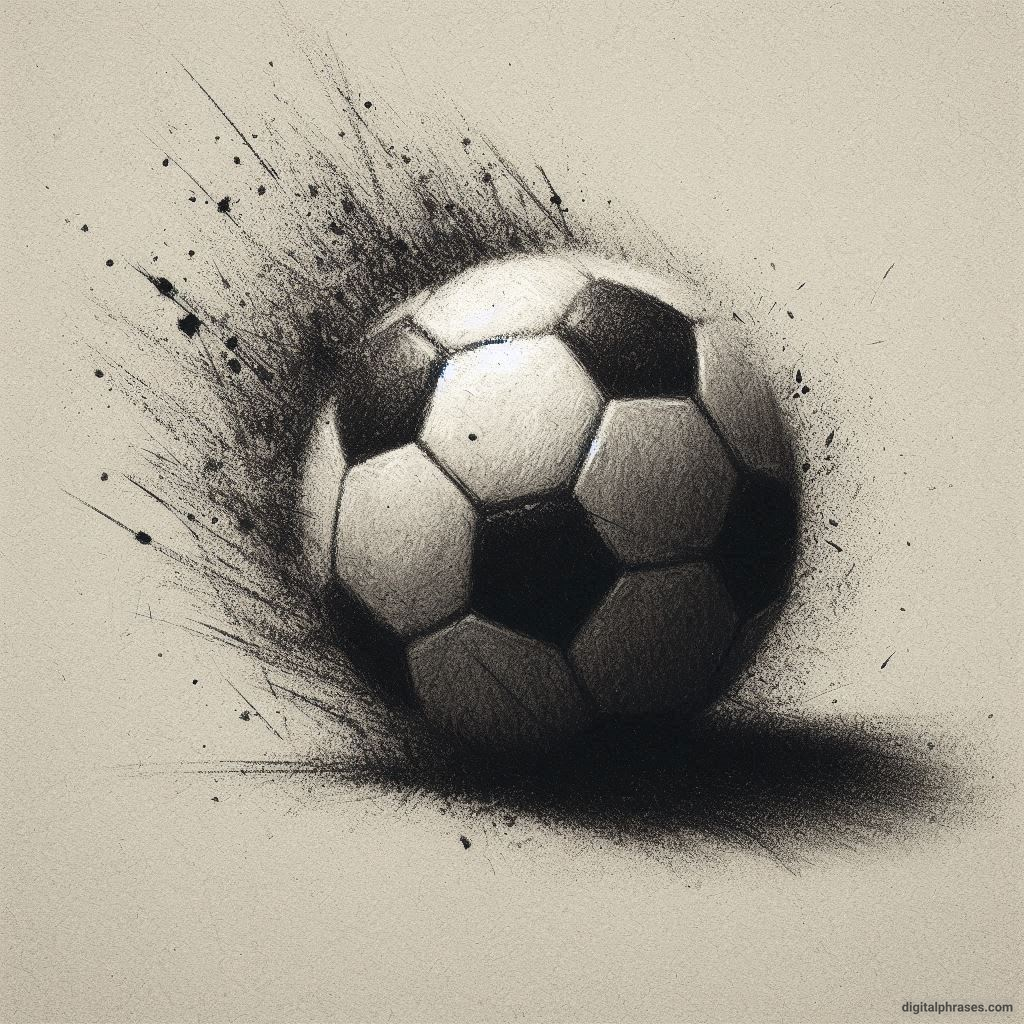
3

4
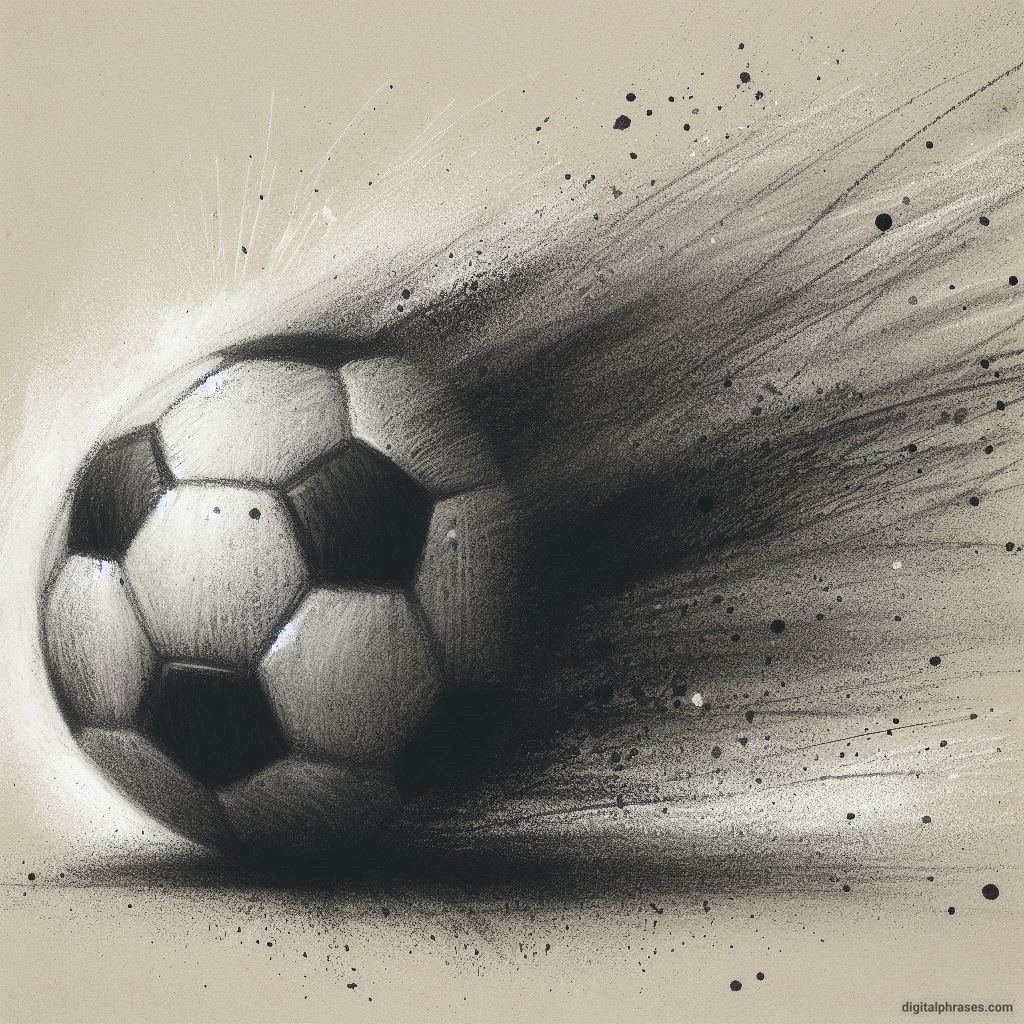
5
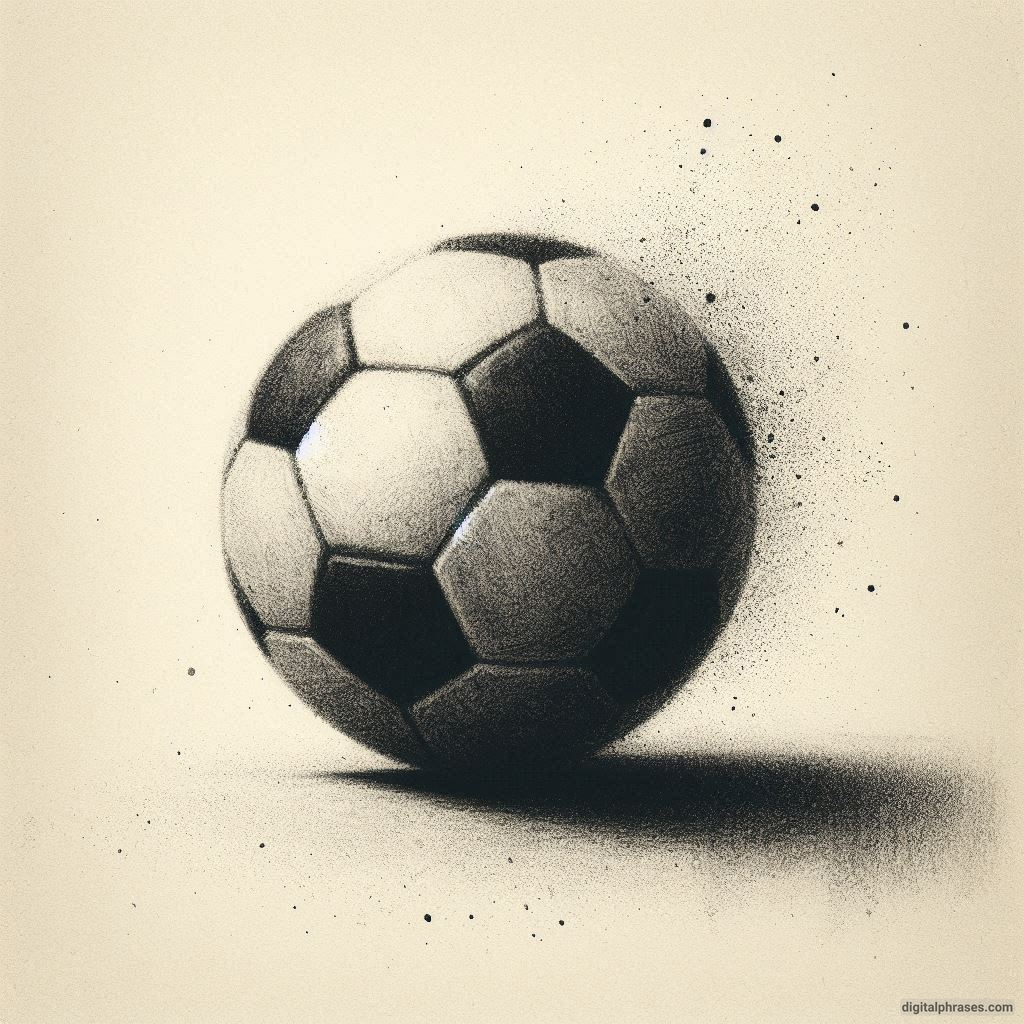
6

7
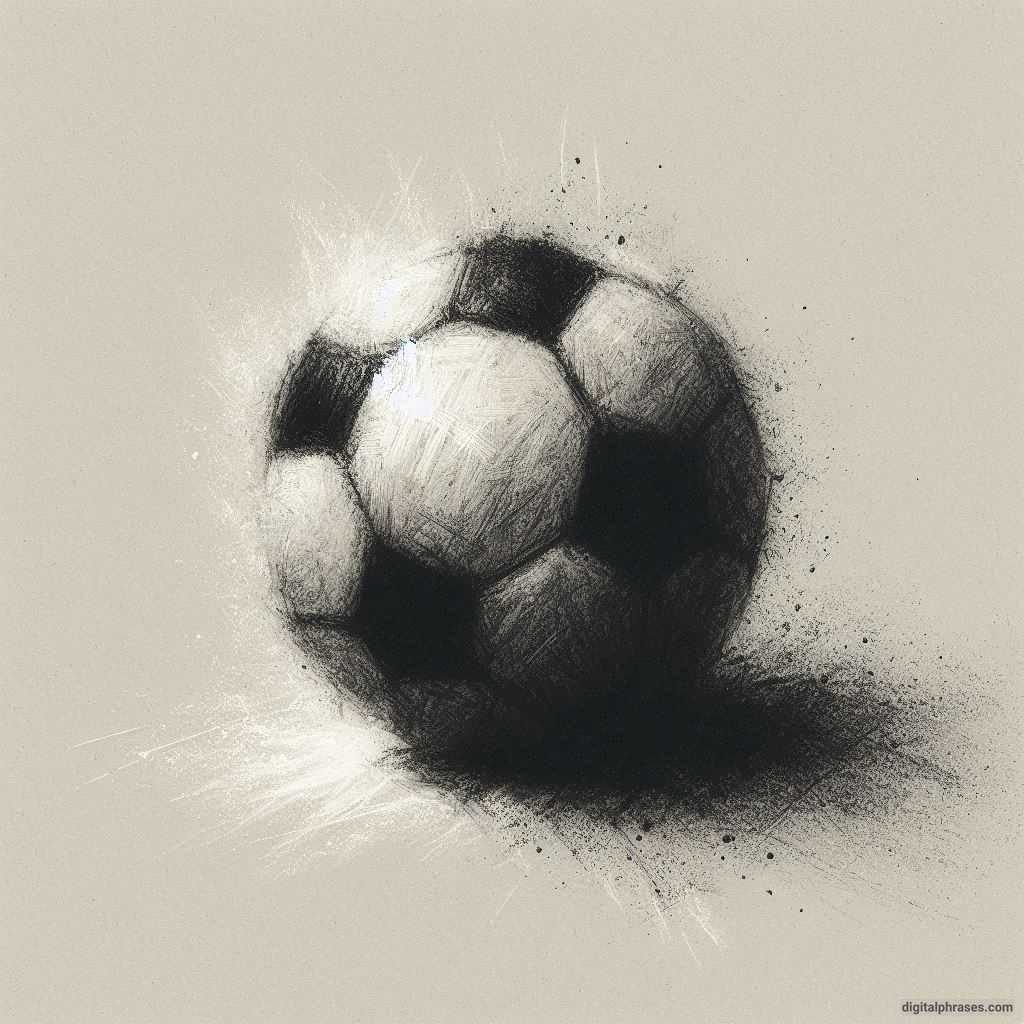
8
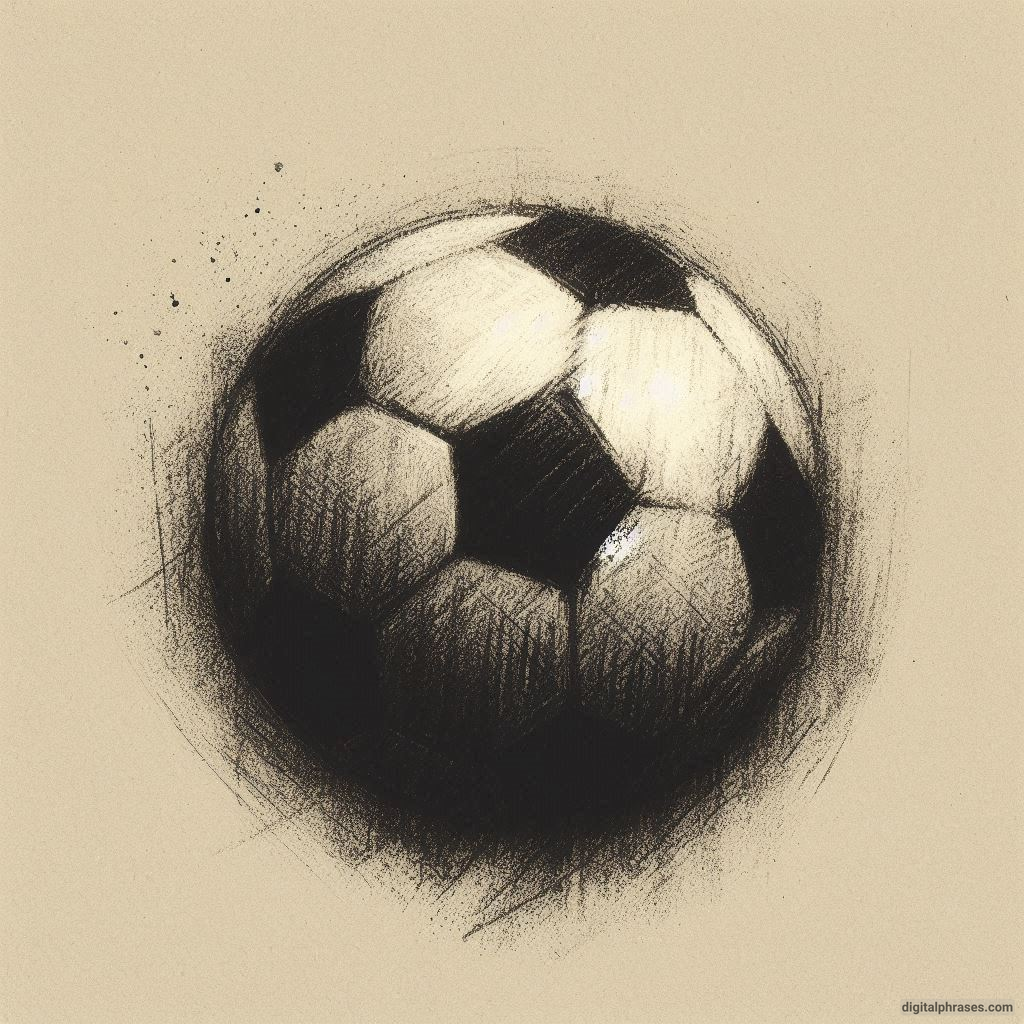
9

10
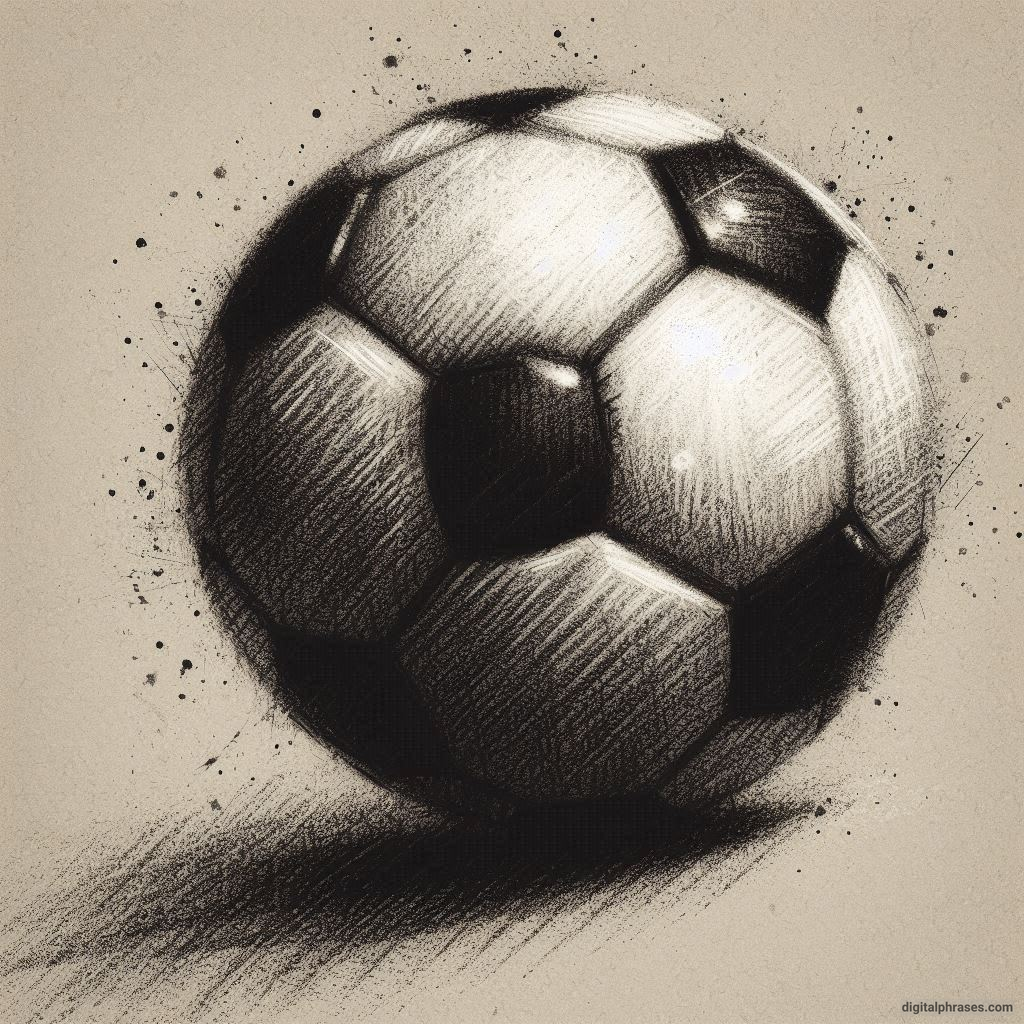
Someone Kicking a Soccer Ball Drawing Ideas
1
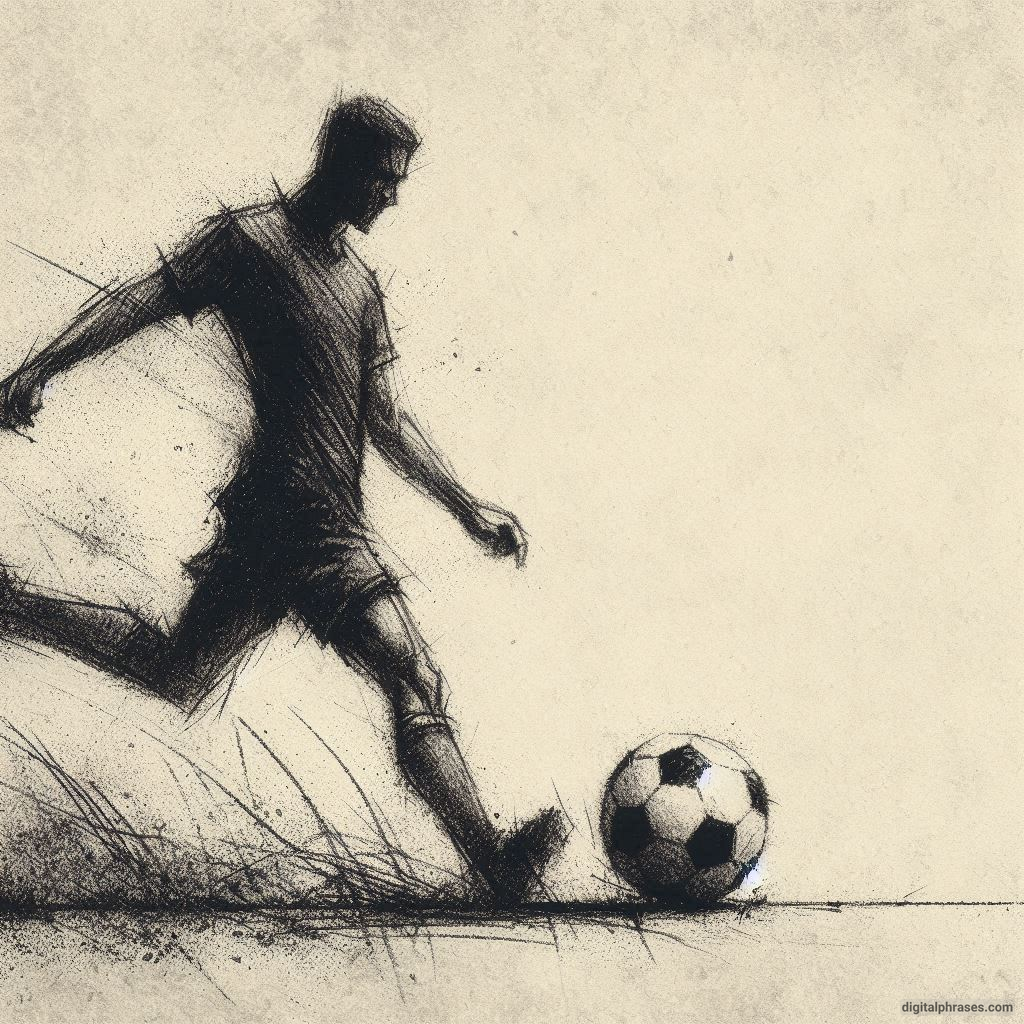
2
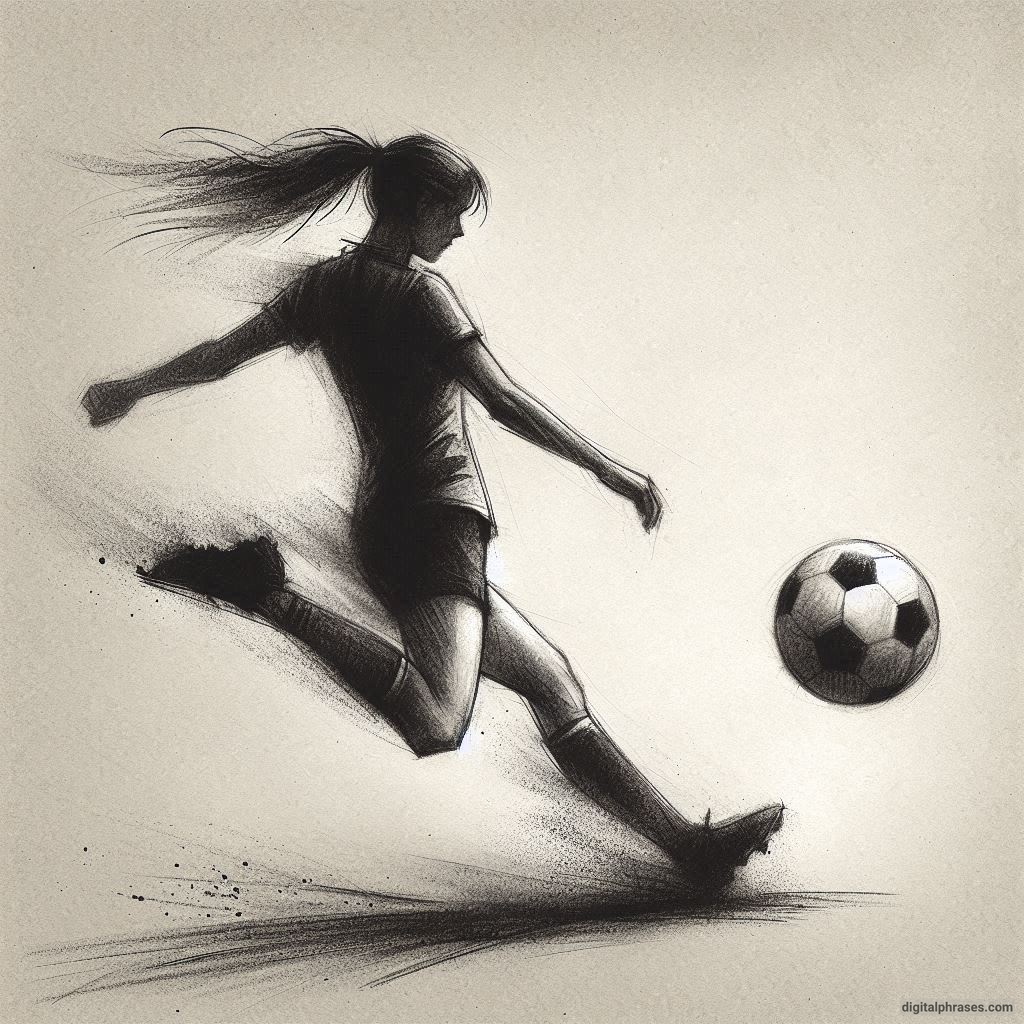
3

4

5
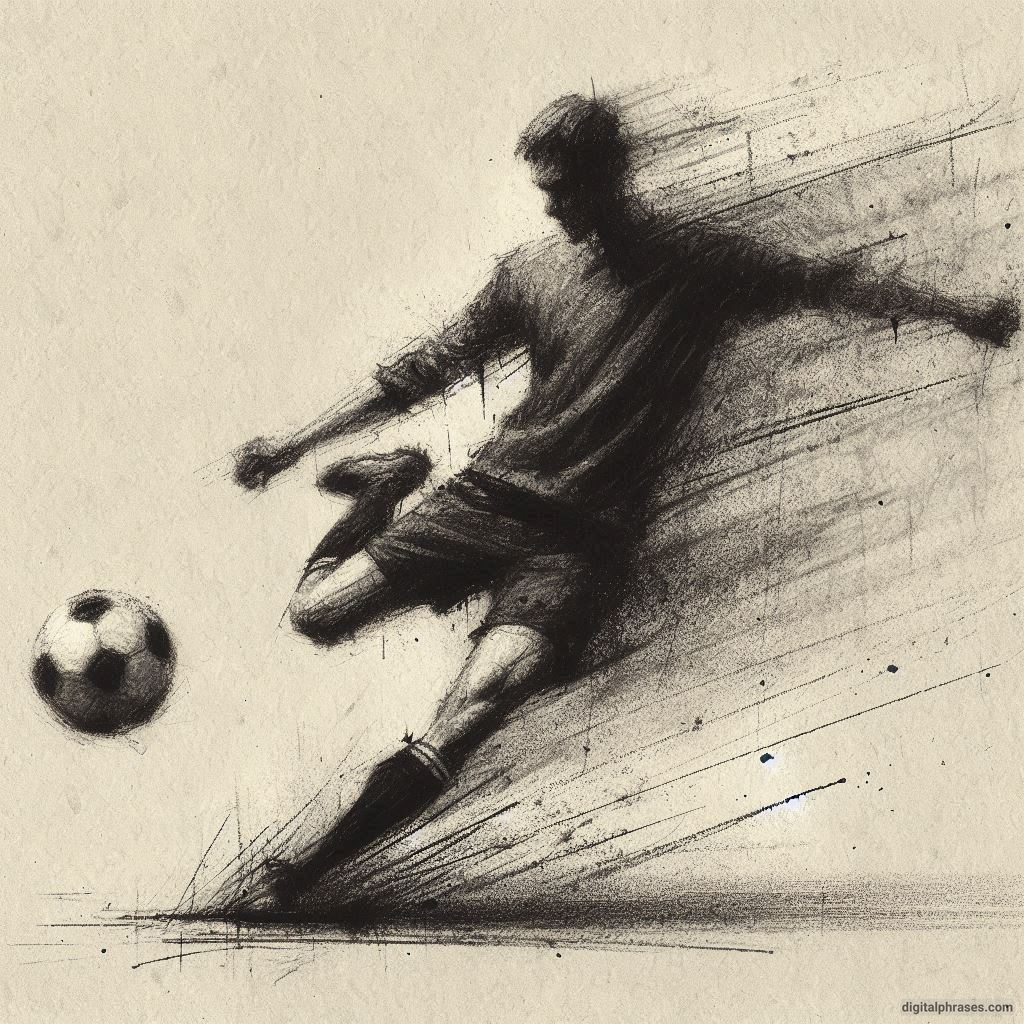
6

7
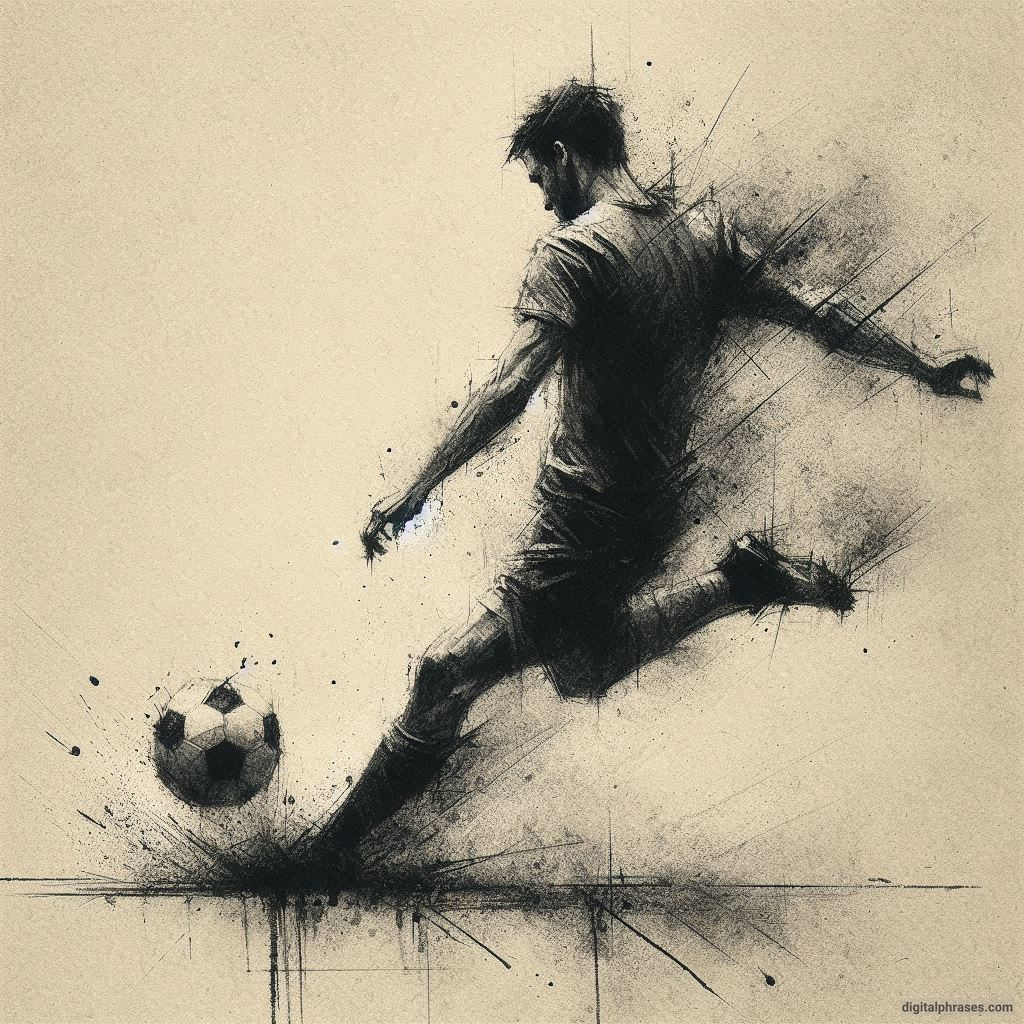
8
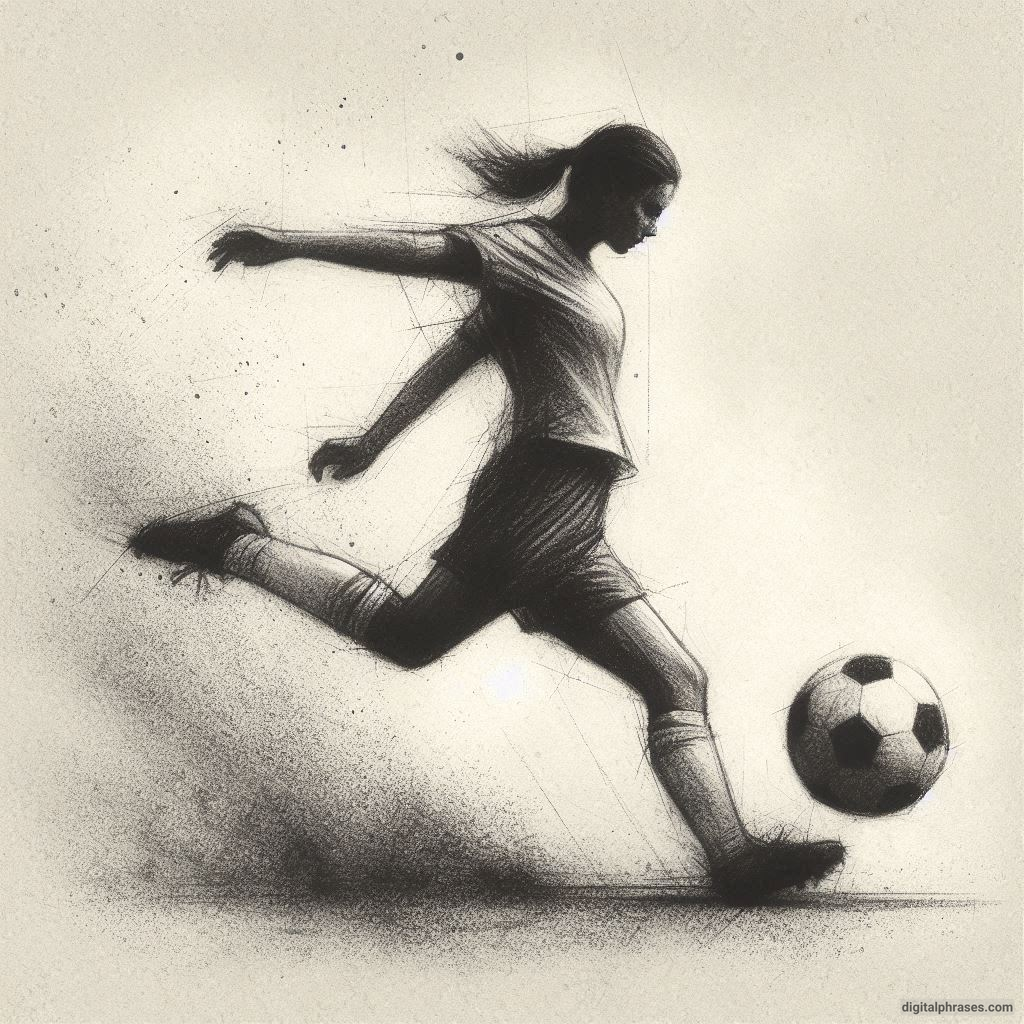
9

10
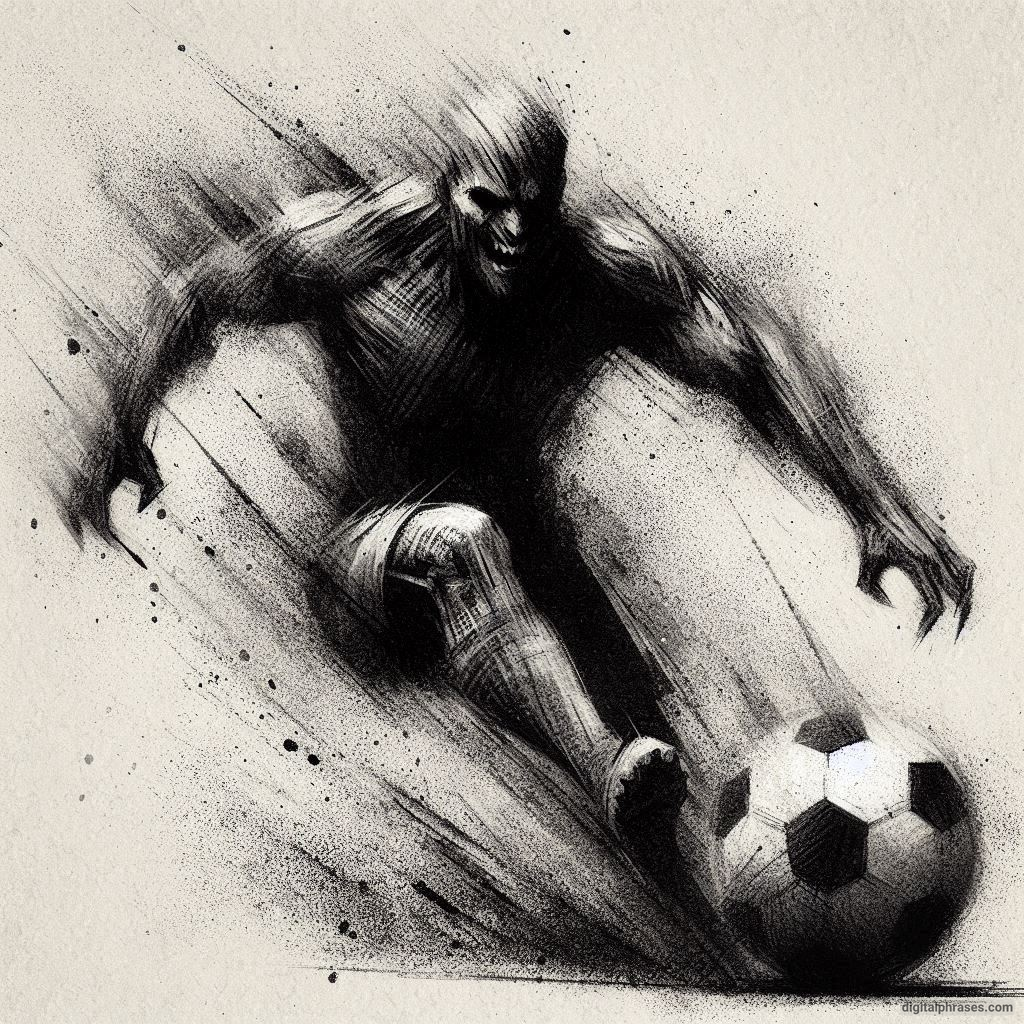
3D Soccer Ball Drawing Ideas
1

2

3

4

5
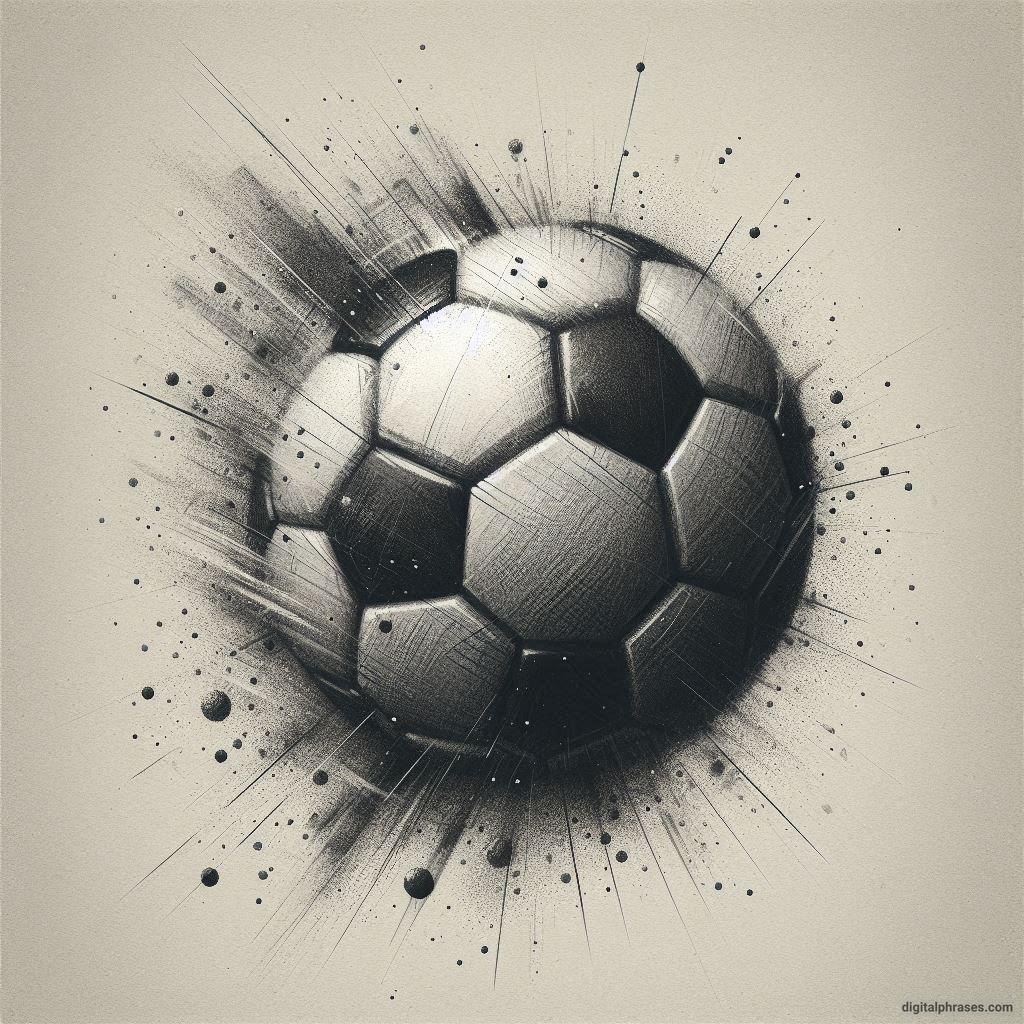
6

7
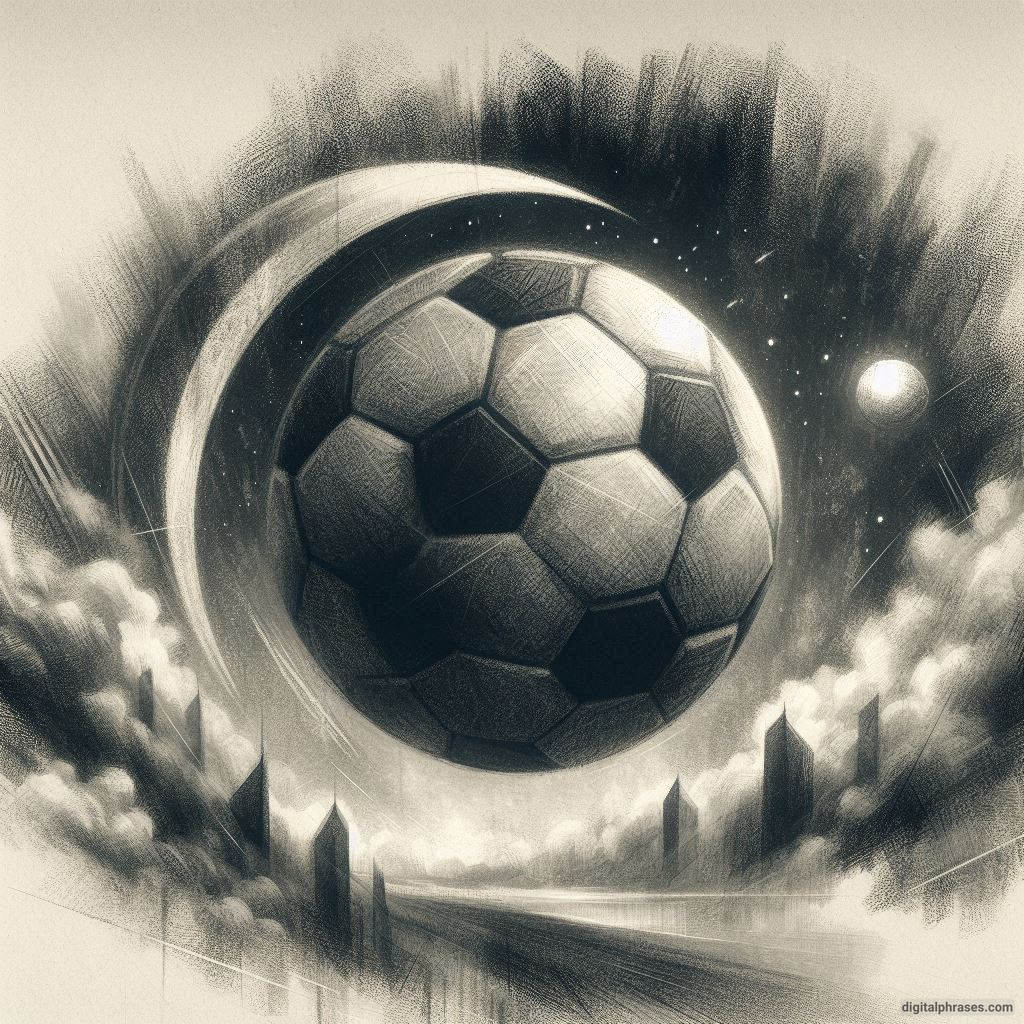
8

9
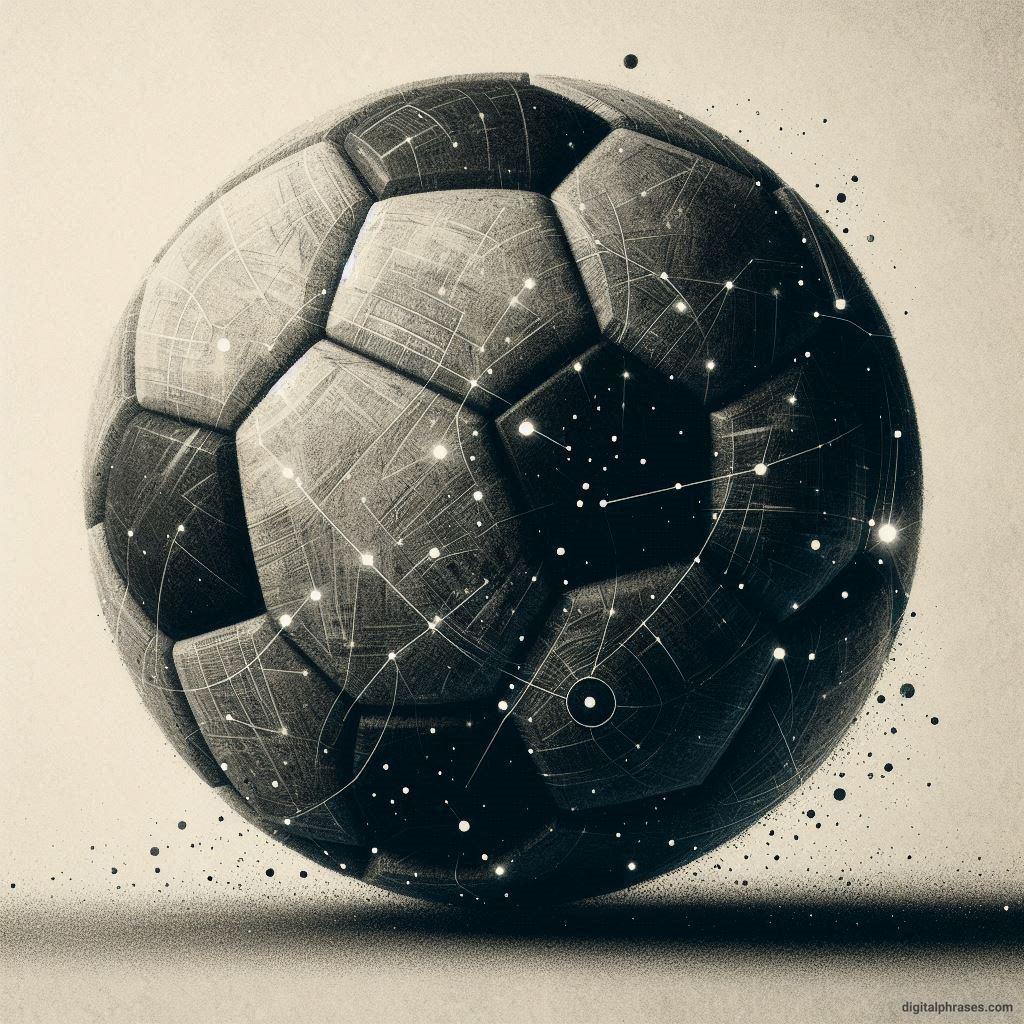
10

Fire Soccer Ball Drawing Ideas
1

2

3

4
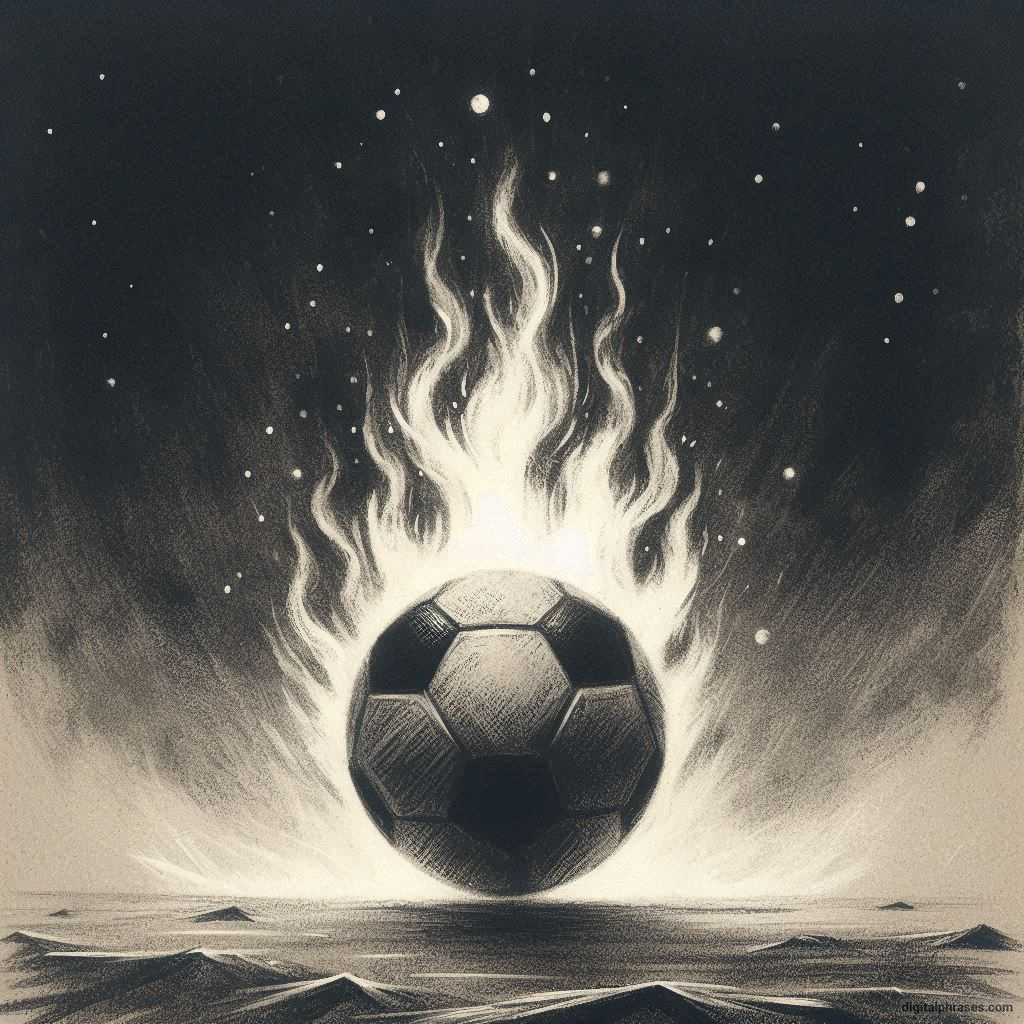
5
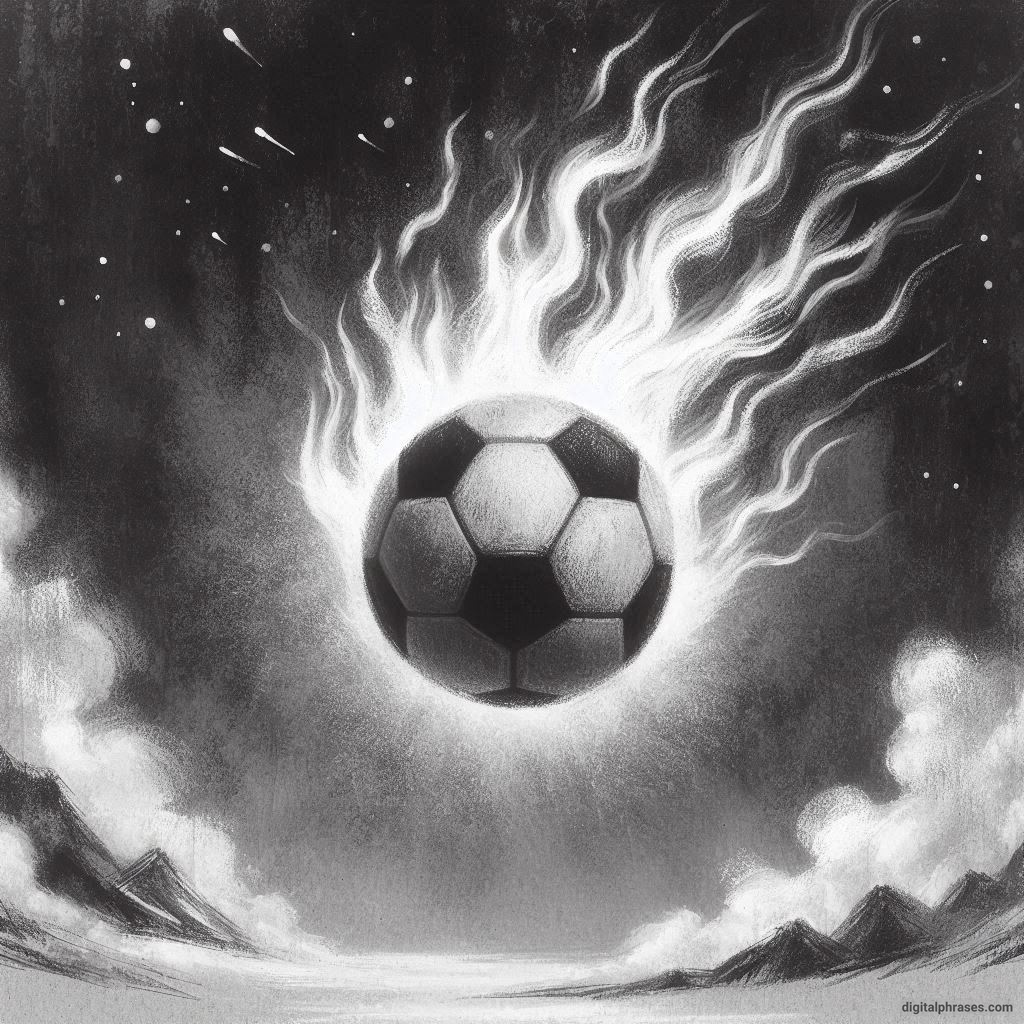
6
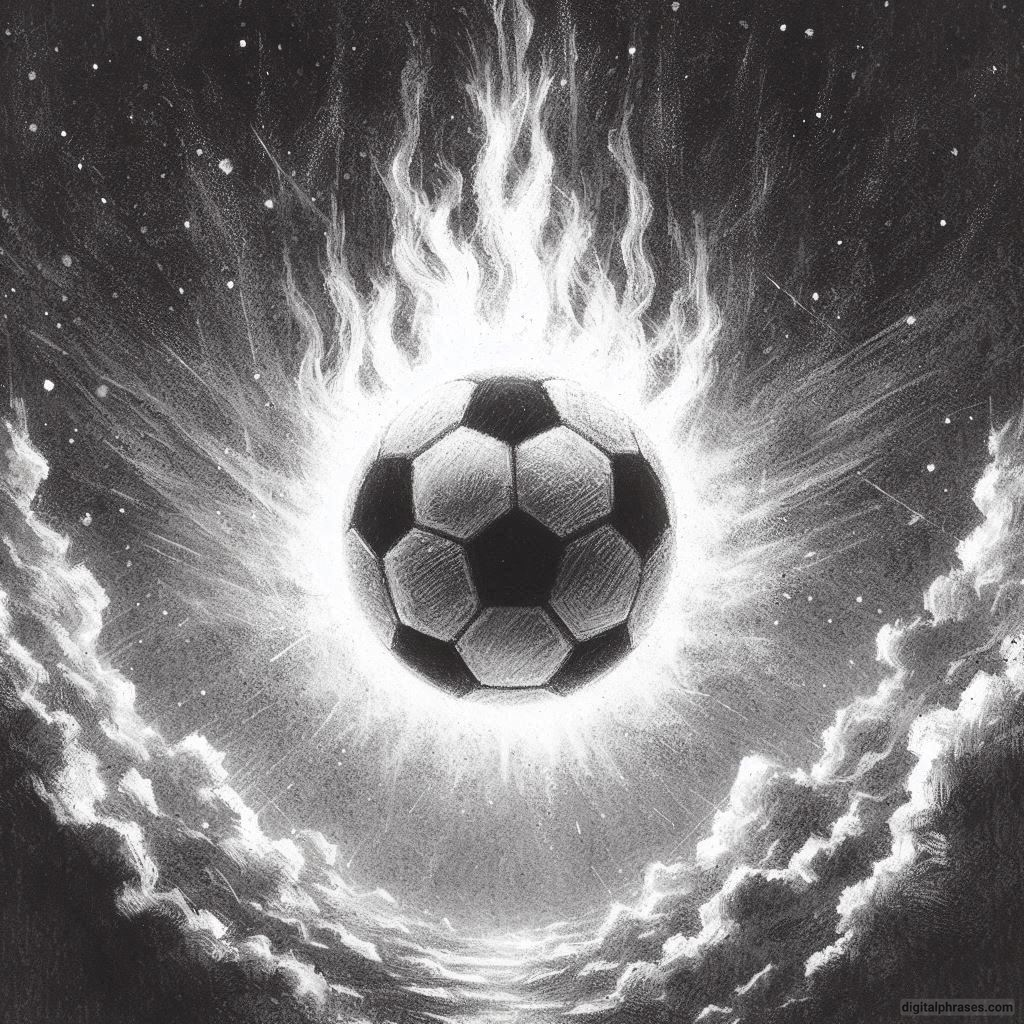
7
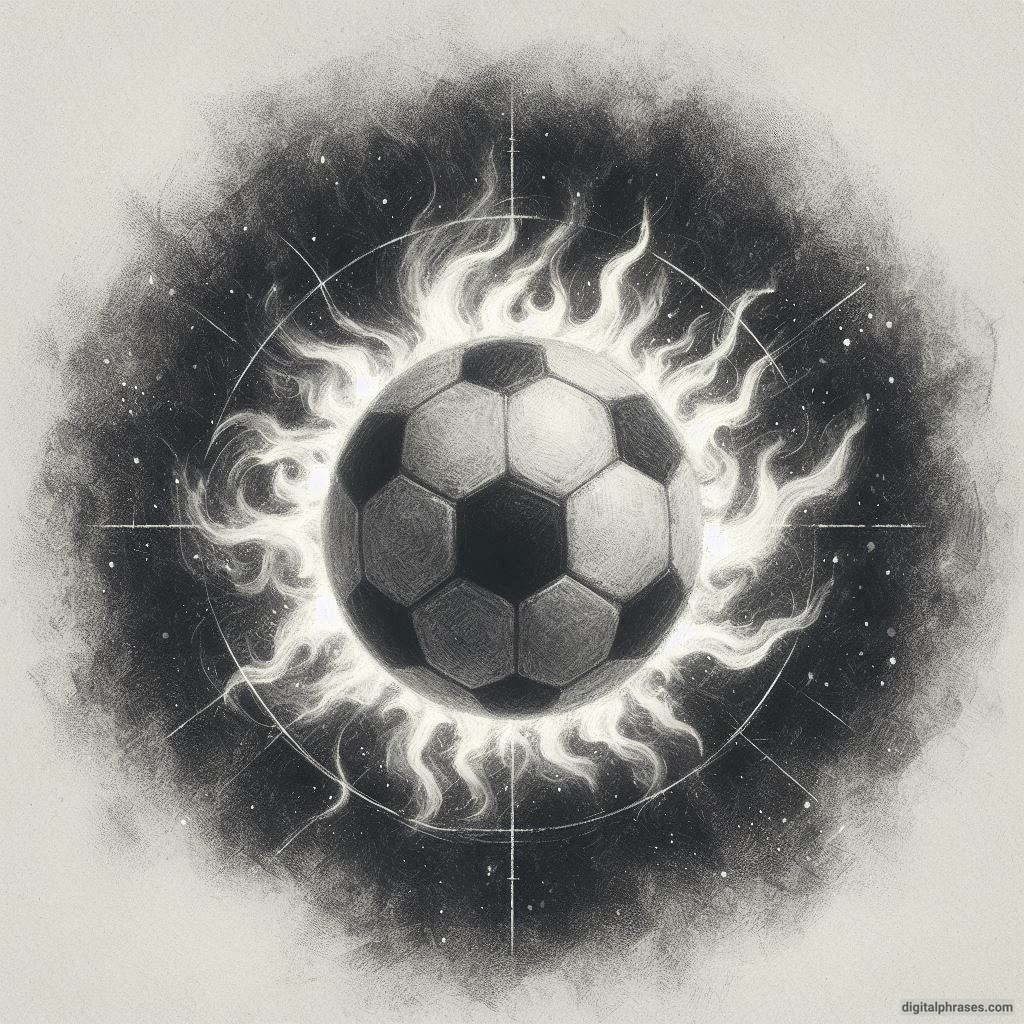
8

9

10
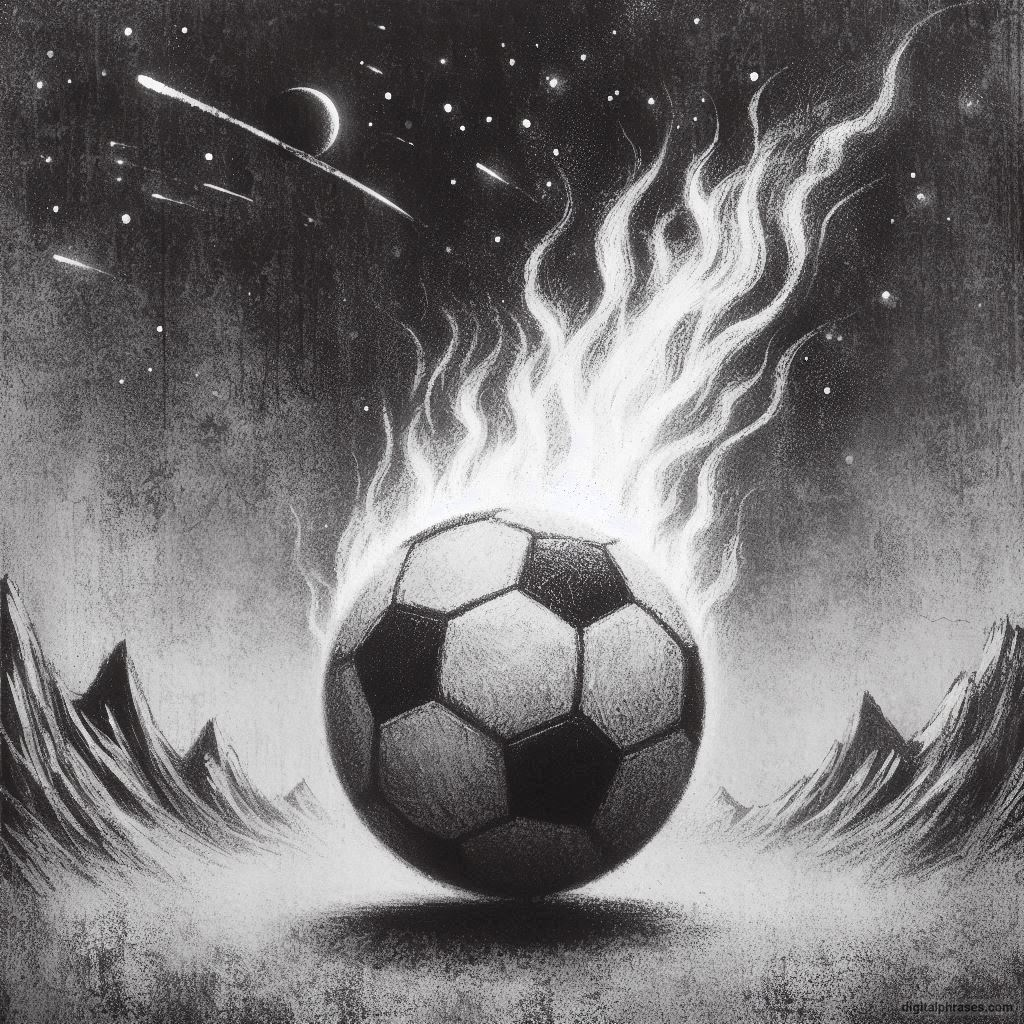
Cartoon Soccer Ball Drawing Ideas
1

2
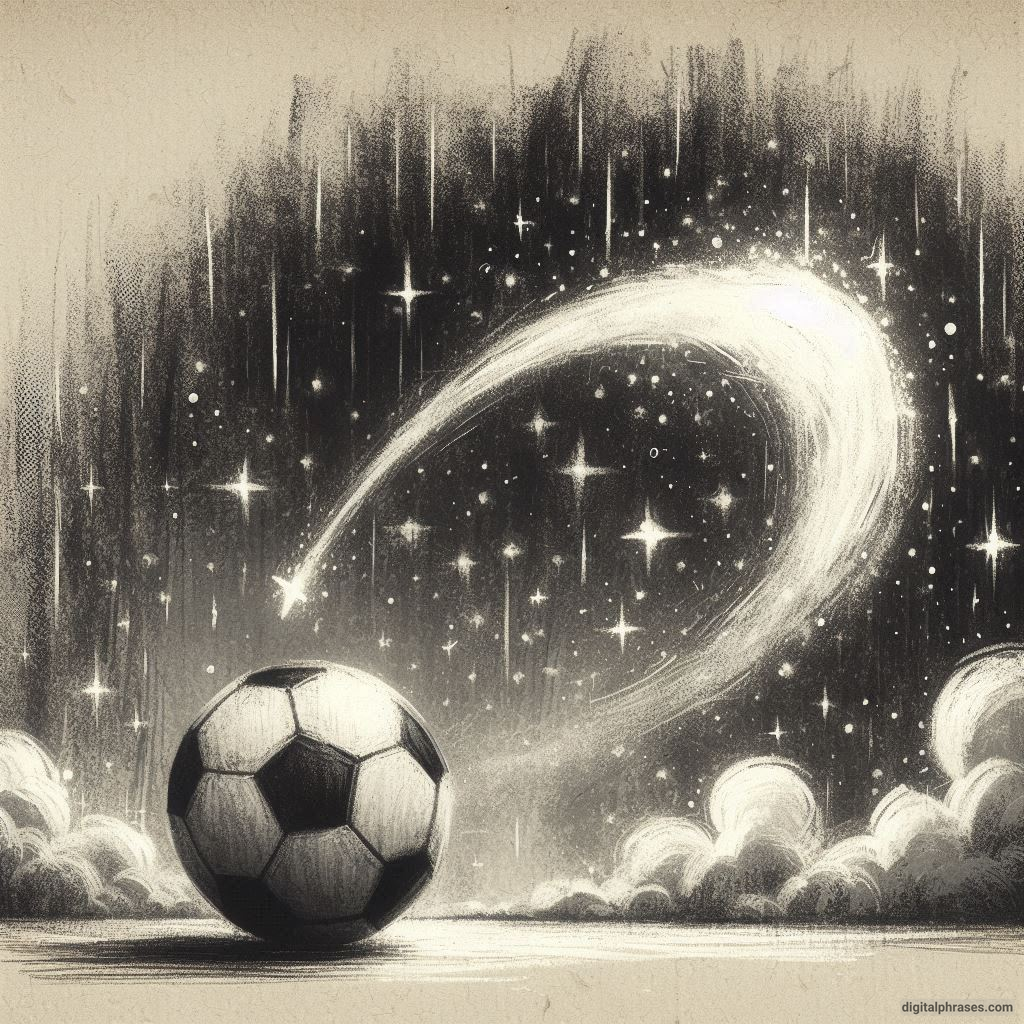
3
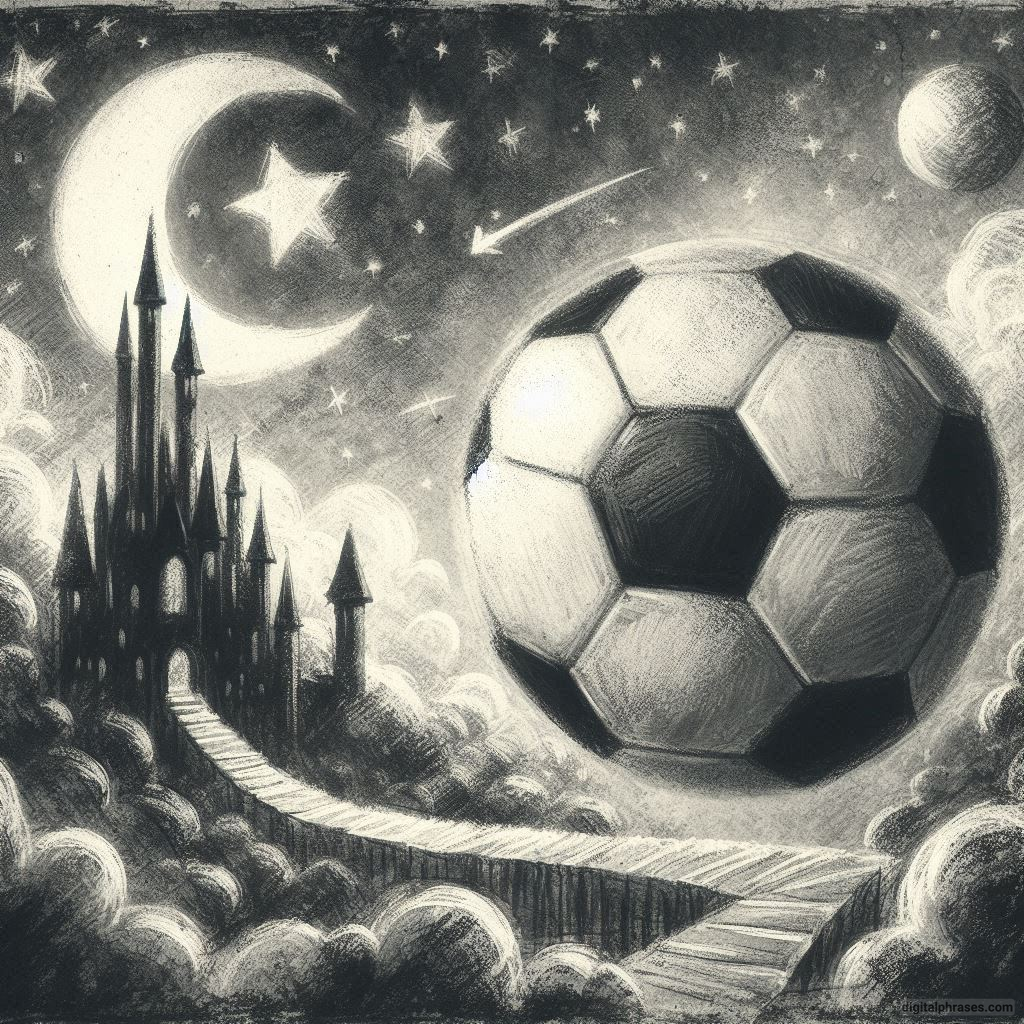
4
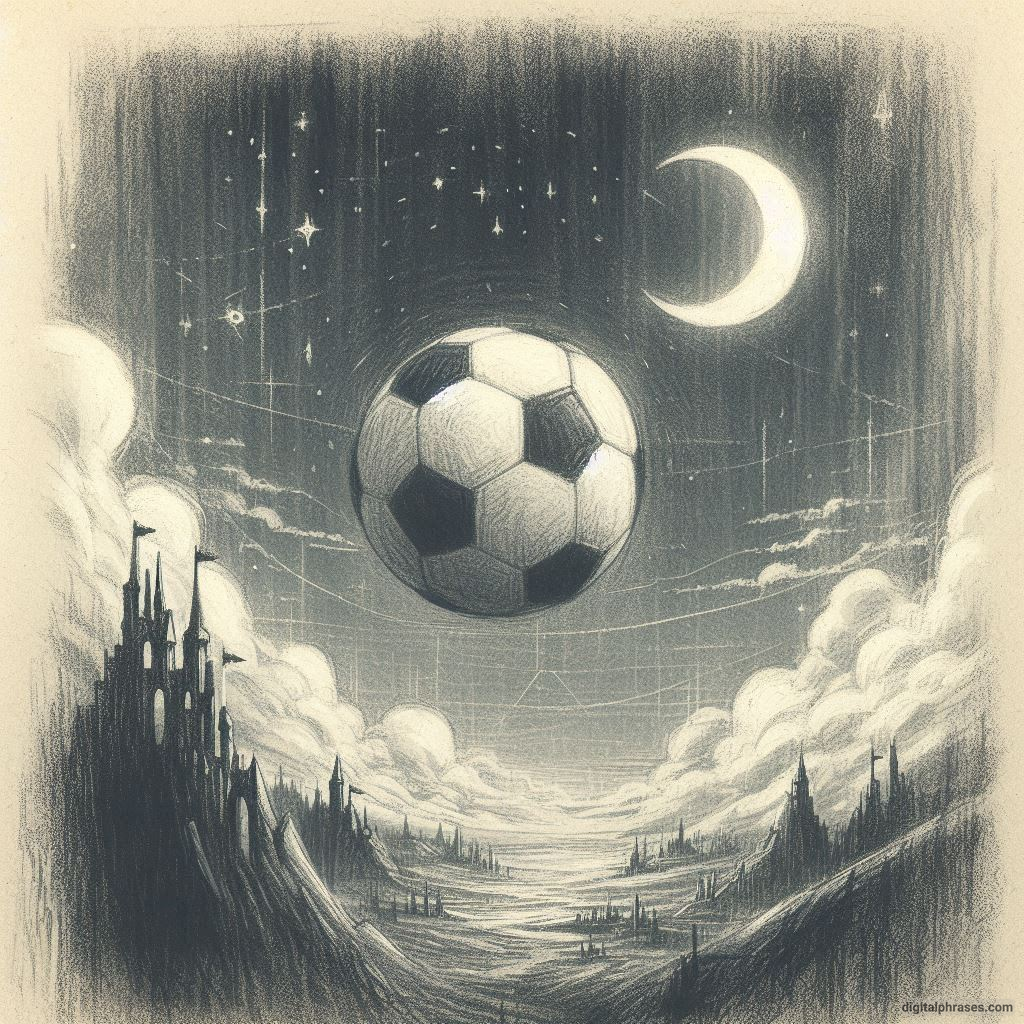
5

6
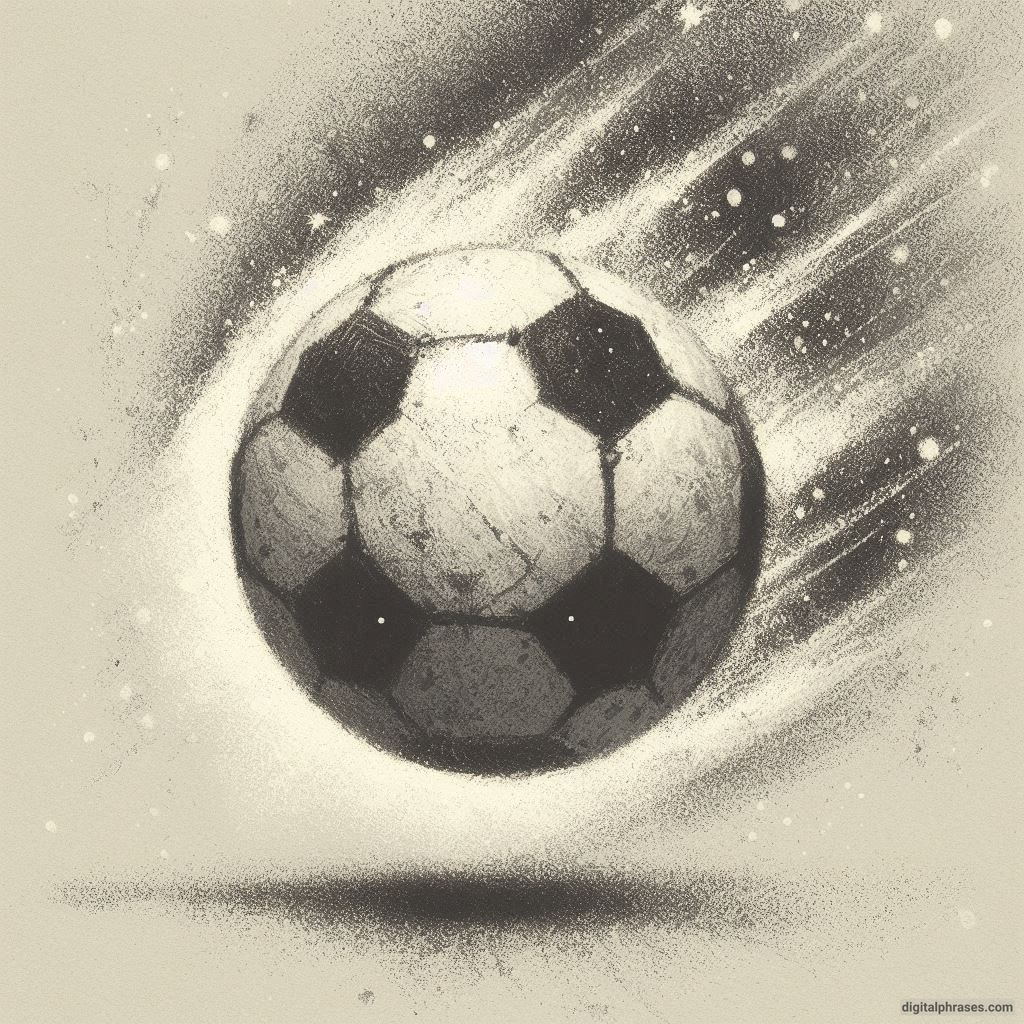
7
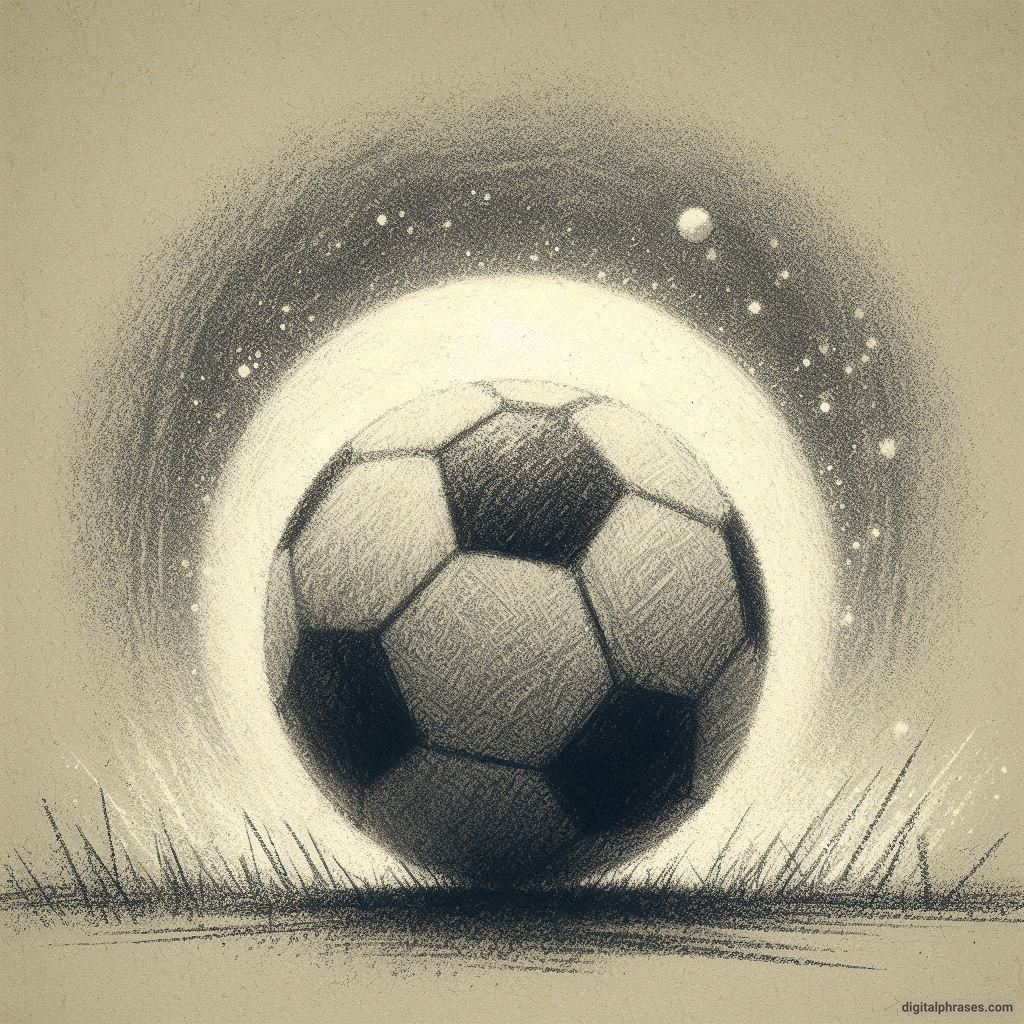
8
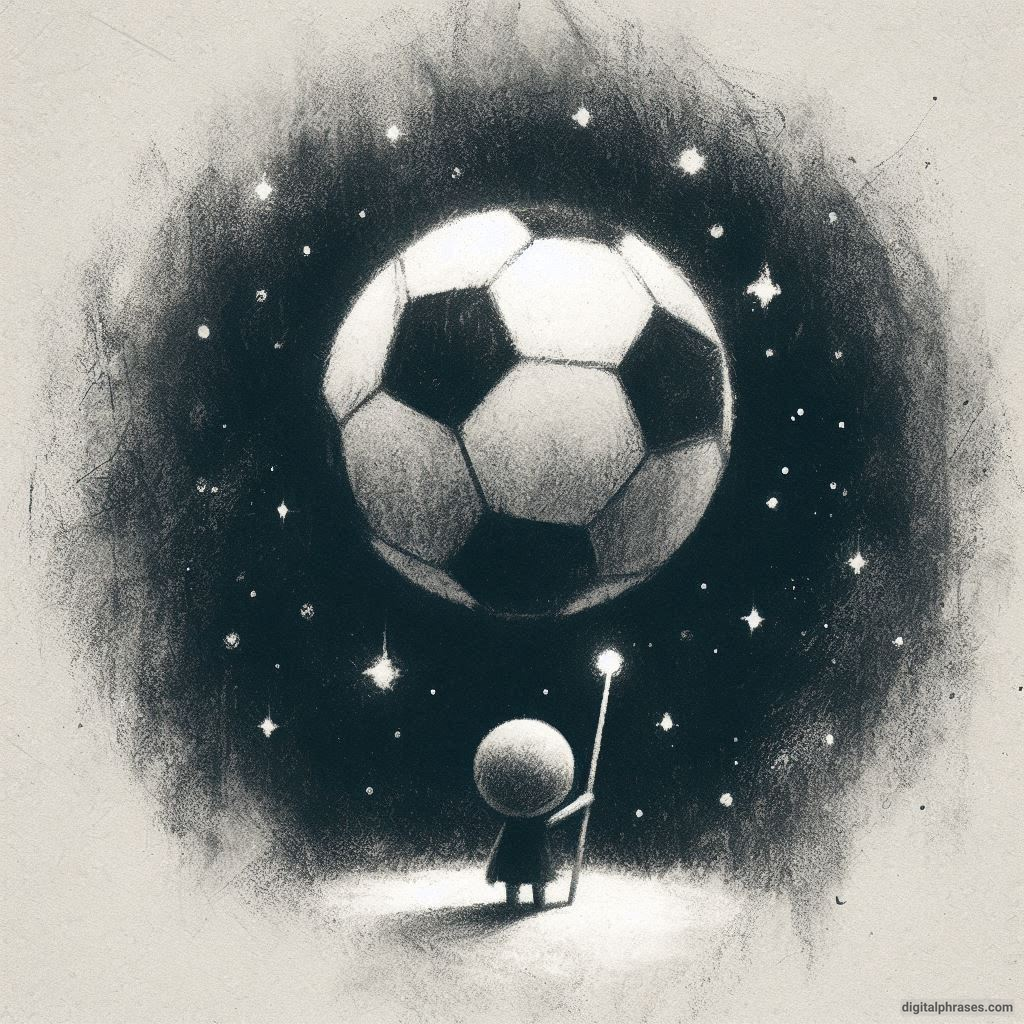
9

10

Realistic Soccer Ball Drawing Ideas
1
2
3
4
5
6
7
8

9
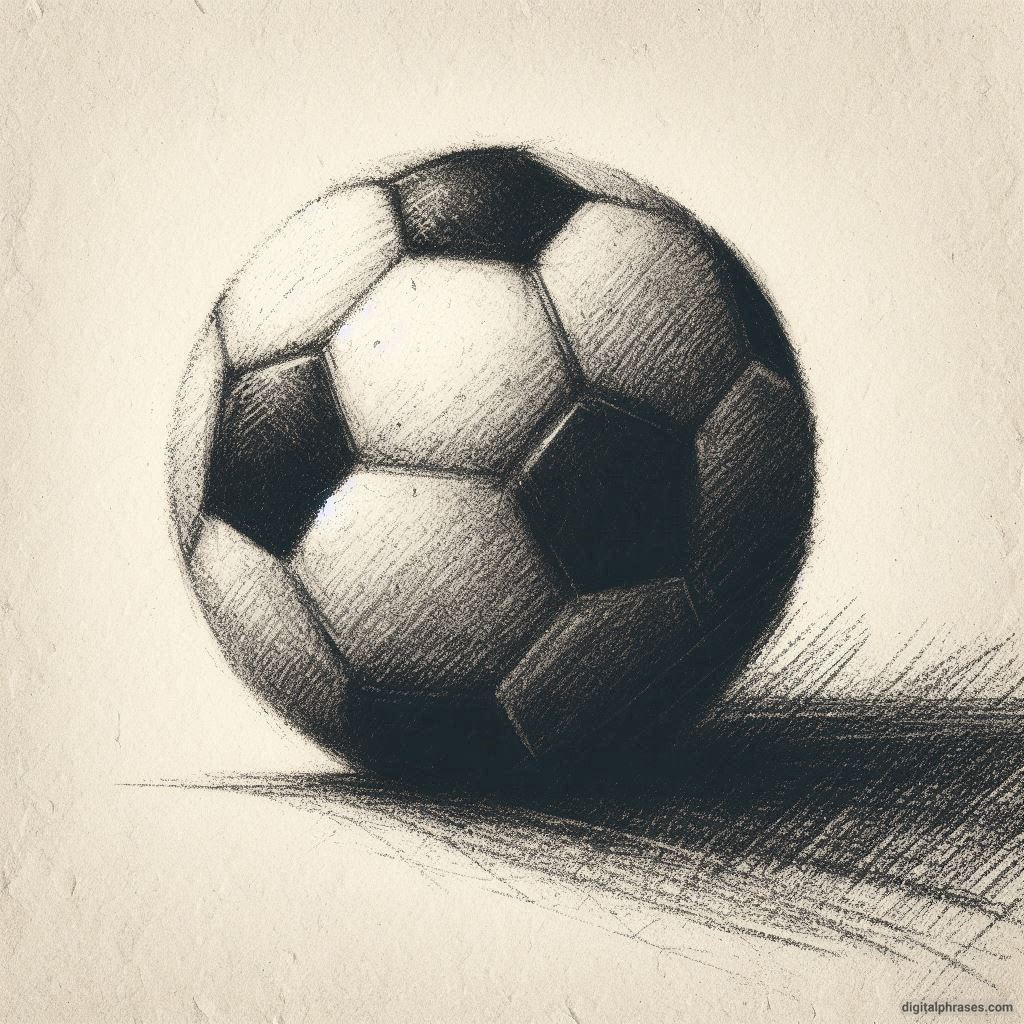
10
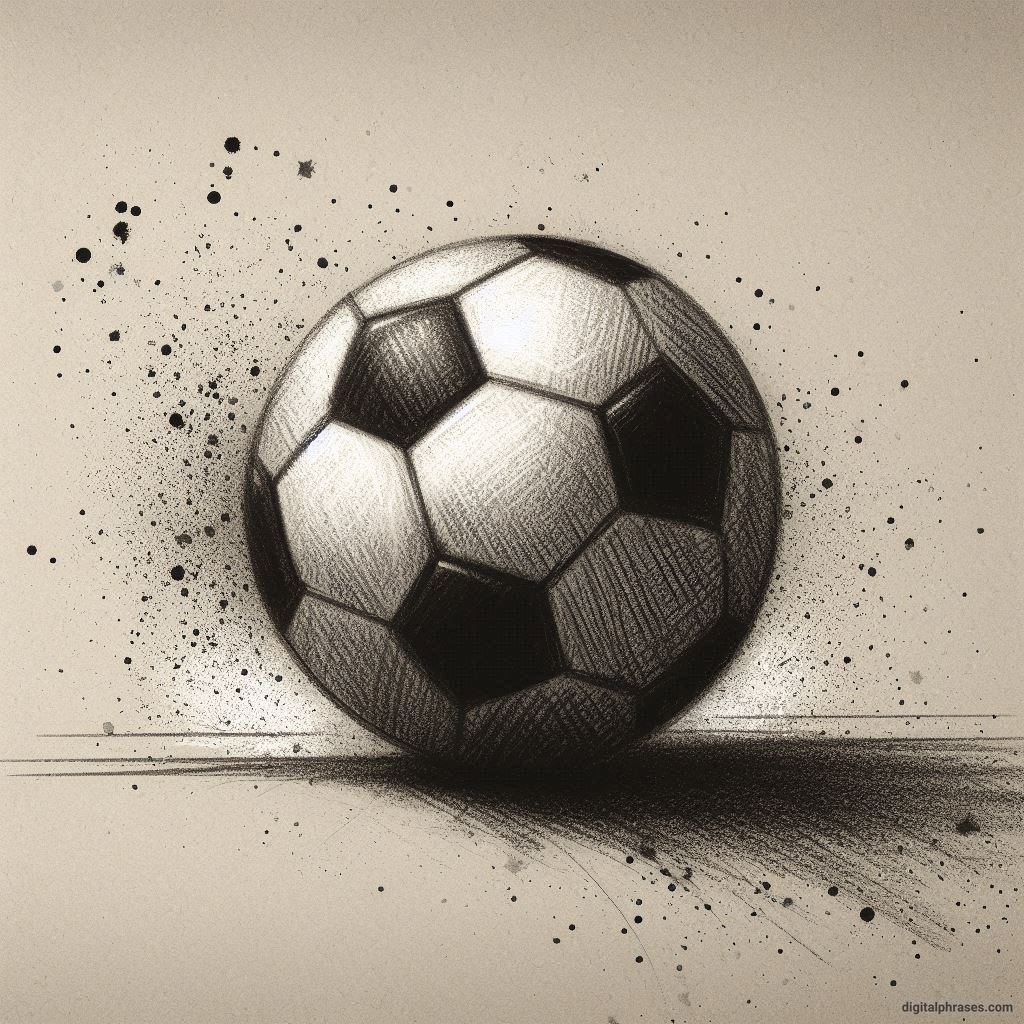
Focus on These Things While Drawing a Soccer Ball
Step 1: Embrace the Circle (aka The Gateway to Chaos)
Alright, let’s start simple. We need a circle. And no, not one of those lumpy, “I drew this freehand” kind of circles that look like an egg that’s been through some things. I mean a real, honest-to-goodness, geometrically perfect circle.
So, unless you’re some kind of circle-drawing savant (in which case, please share your secrets), use a compass. I once tried to freehand it, and let’s just say the result was more like a deflated pancake than a soccer ball.
If you don’t have a compass, you can use the edge of a cup, a roll of tape, or your pet hamster’s exercise wheel.
Just make sure it’s round enough that it won’t make your soccer ball look like it’s been dropped from a great height onto a concrete floor.
Step 2: Patches, but Not the Cute Kind
You might be tempted to start randomly drawing hexagons all over your perfect circle and call it a day.
But let me stop you right there, my friend. Drawing a soccer ball’s patches is like trying to solve a Rubik’s Cube that insults you whenever you make a wrong move.
It’s tricky, it’s frustrating, and it makes you question every life decision that brought you to this point.
Let’s get technical here: A classic soccer ball consists of 32 panels—12 black pentagons and 20 white hexagons.
I know, I know.
You didn’t sign up for math class, but if you want your soccer ball to look like it’s actually capable of being kicked around a field, you’re going to have to deal with it.
First, draw a pentagon smack dab in the center of your circle. Think of this pentagon as your North Star—it’s going to guide the rest of the design.
The trick is to get this central pentagon symmetrical, so it doesn’t look like a sad, squished potato.
If you mess it up, you’ll find yourself stuck in a patchy nightmare where nothing lines up and your brain slowly leaks out of your ears.
Step 3: Time to Draw Some Hexagons (aka, Now You’re Really in Trouble)
Once you’ve got your central pentagon, it’s time to add the surrounding hexagons. The key here is to make sure each side of the hexagons aligns perfectly with the sides of the pentagon.
If you’re like me and thought, “How hard can it be to draw a six-sided shape?” the answer is: very. I have a newfound respect for bees, honestly.
The thing to keep in mind is that the patches should fit together like puzzle pieces. I’m not talking about that dollar-store puzzle that’s missing three pieces and looks like it was assembled by a toddler.
No, you need that nice, satisfying fit where everything lines up perfectly.
I once ended up with a hexagon so wonky that it looked like it had been melted in the microwave. Don’t be like me. Use a ruler if you have to.
Step 4: How to Avoid a Breakdown While Shading
Alright, once you’ve managed to lay down all those pentagons and hexagons without having a nervous breakdown (congrats!), it’s time to add some shading.
This is where your soccer ball goes from looking like a geometric mess to something that could actually, maybe, possibly pass as a real soccer ball.
Start by lightly shading the pentagons.
The trick here is to not press too hard with your pencil, unless you want your drawing to look like a grayscale disaster. Try to vary the pressure to give your ball some texture. You’re aiming for “subtle shadowing” and not “I dropped this ball into an oil spill.”
Then, gently shade the edges of the ball to create a rounded, 3D effect. You want your soccer ball to look like it’s ready to roll off the page, not like a sad flat disk someone slapped on your paper. I recommend squinting at your drawing a little.
If you can still tell it’s supposed to be a soccer ball while squinting, you’re on the right track.
Step 5: Dealing with the “Wait, Something Looks Off” Phase
At this point, you’re probably staring at your drawing with a mix of pride and suspicion. You’ve come so far, but something still seems… off. Maybe your pentagons are a little lopsided.
Maybe your hexagons look like they’ve been partying too hard.
I hate to break it to you, but this is a normal part of the drawing process. Every artist has that moment where they look at their work and think, “Wow, this sucks.”
It’s called growth, people. It’s also called knowing when to put down your pencil and walk away before you start crying into your sketchbook.
But if you’re stubborn like me and refuse to give up, here’s a tip: flip your drawing upside down. I know it sounds weird, but it tricks your brain into seeing mistakes you might’ve missed before. You’d be surprised how many wonky shapes you’ll notice when your ball is hanging out upside down like a bat.
Step 6: Add the Final Touches (or, Finally, We’re Almost Done)
Okay, you’ve survived the hardest parts. Now it’s time for the finishing touches. Take a deep breath, because you’re in the home stretch.
Go over the lines of your patches with a slightly darker pencil to make them pop. Add a little extra shading where the patches meet to create a realistic sense of depth.
And for the love of all things artistic, do NOT forget the little details.
Soccer balls are usually stitched together, so add those tiny stitch marks to make it look legit. If you forget this step, your soccer ball is going to look more like a strange soccer-themed beach ball, and we can’t have that.
Step 7: Celebrate Your Victory (and Maybe Burn the Evidence of Your Earlier Attempts)
Congratulations, my friend! You’ve done it. You’ve drawn a soccer ball without completely losing your sanity (or at least, not entirely). Now, step back, admire your work, and maybe show it off to someone who won’t critique the hell out of it.
But let’s be real: this drawing probably took more time and energy than you were expecting. I mean, who knew drawing a ball could feel like solving the Da Vinci Code? So give yourself a pat on the back, because you’ve earned it.
Bonus Tips to Save Your Future Sanity:
- Keep Your Lines Light: Always sketch lightly at first so you can erase mistakes easily. There’s nothing worse than having a dark, permanent line glaring at you as you realize you messed up the proportions for the fiftieth time.
- Use Reference Photos: Don’t be a hero. If you’re struggling, just pull up a picture of a real soccer ball. You’d be surprised how many small details your brain forgets, like how the patches curve around the ball.
- Take Breaks: Drawing is supposed to be fun, not a test of your patience. If you find yourself getting frustrated, just walk away for a bit. The soccer ball isn’t going anywhere, and neither are those cursed hexagons.
- Accept Imperfection: Let’s face it, even the pros struggle to draw perfect soccer balls. As long as yours looks somewhat round and has those distinctive black and white patches, you’ve done it! You’re officially a soccer ball drawing master (or at least an apprentice).

